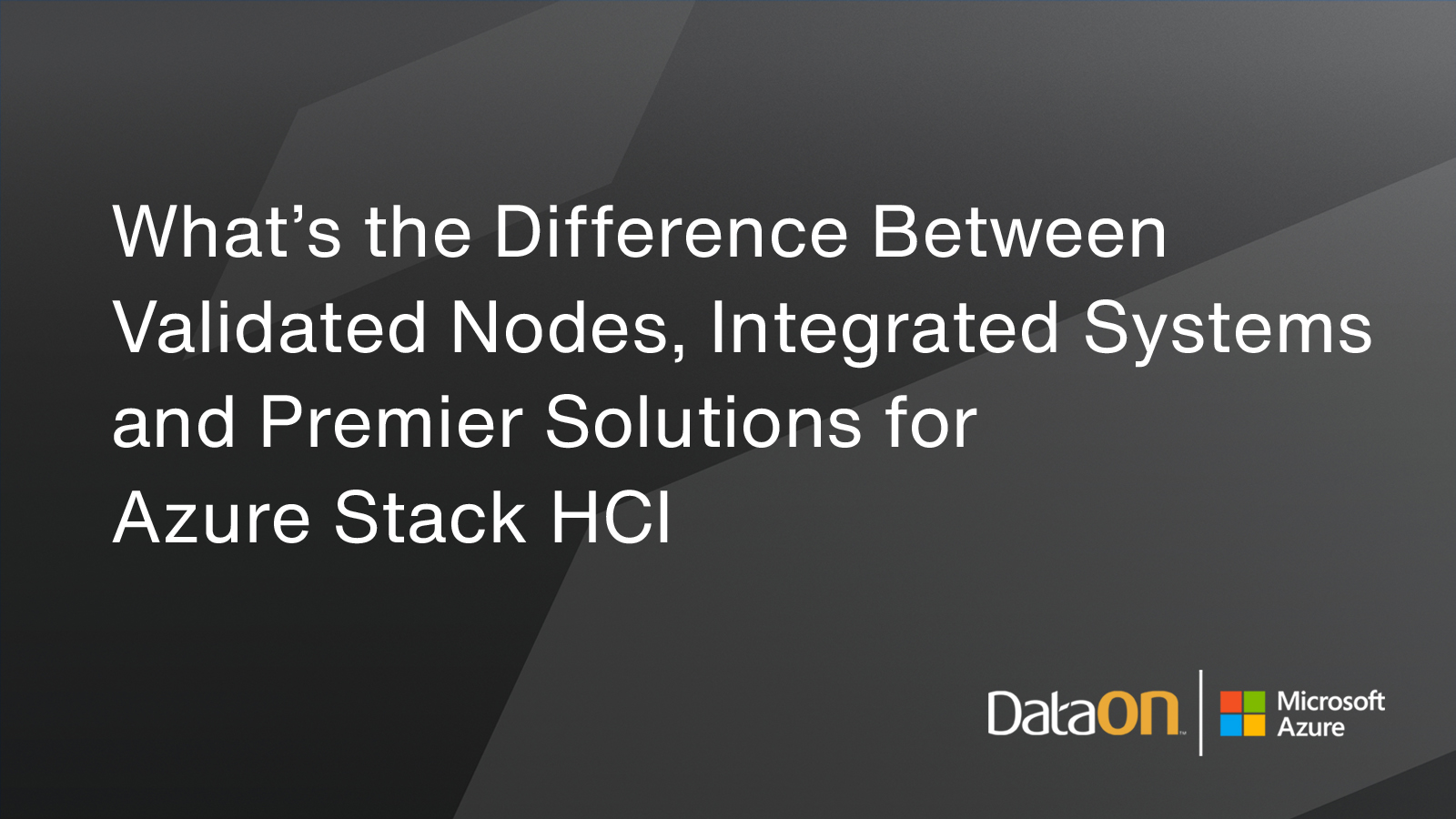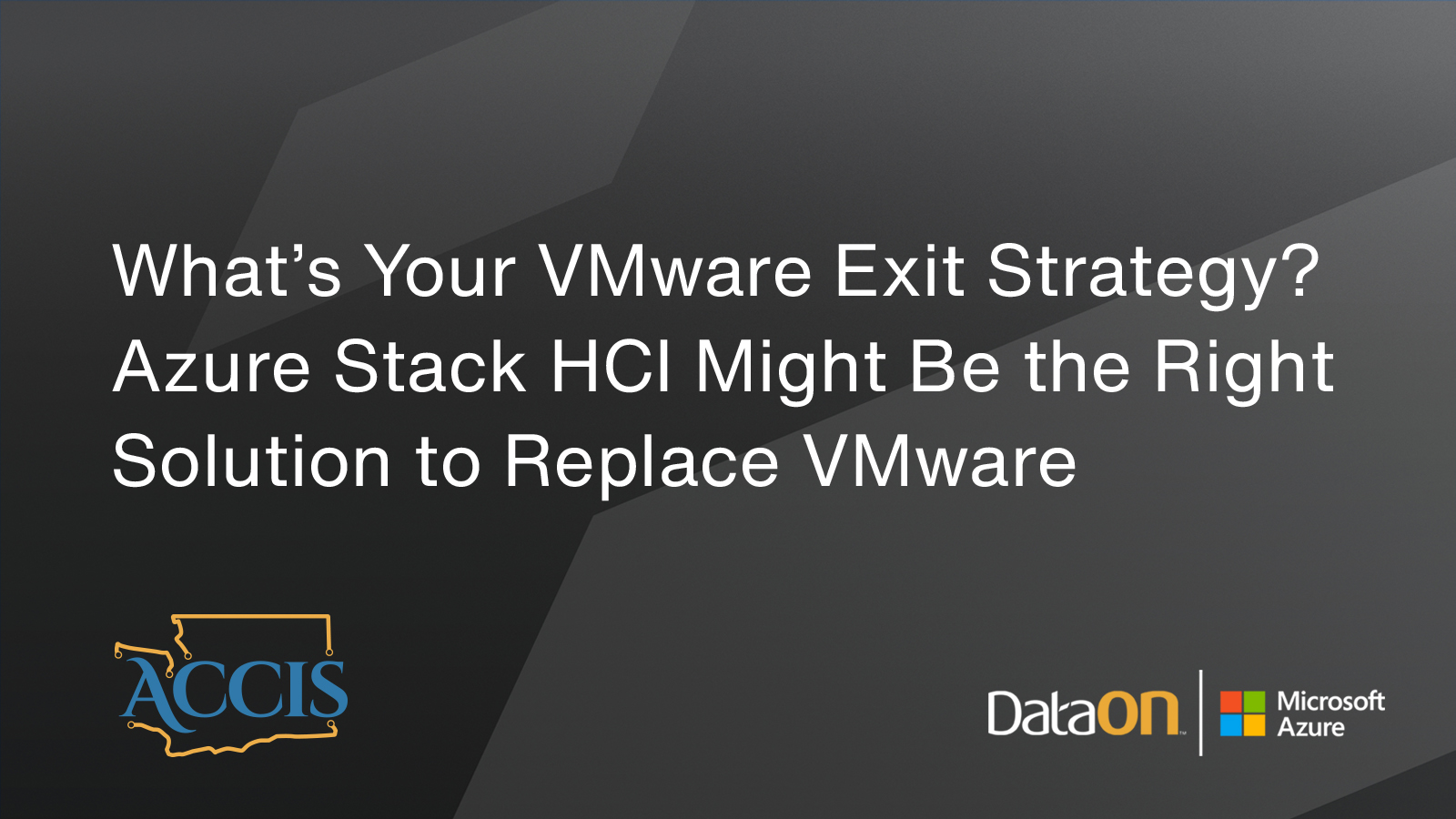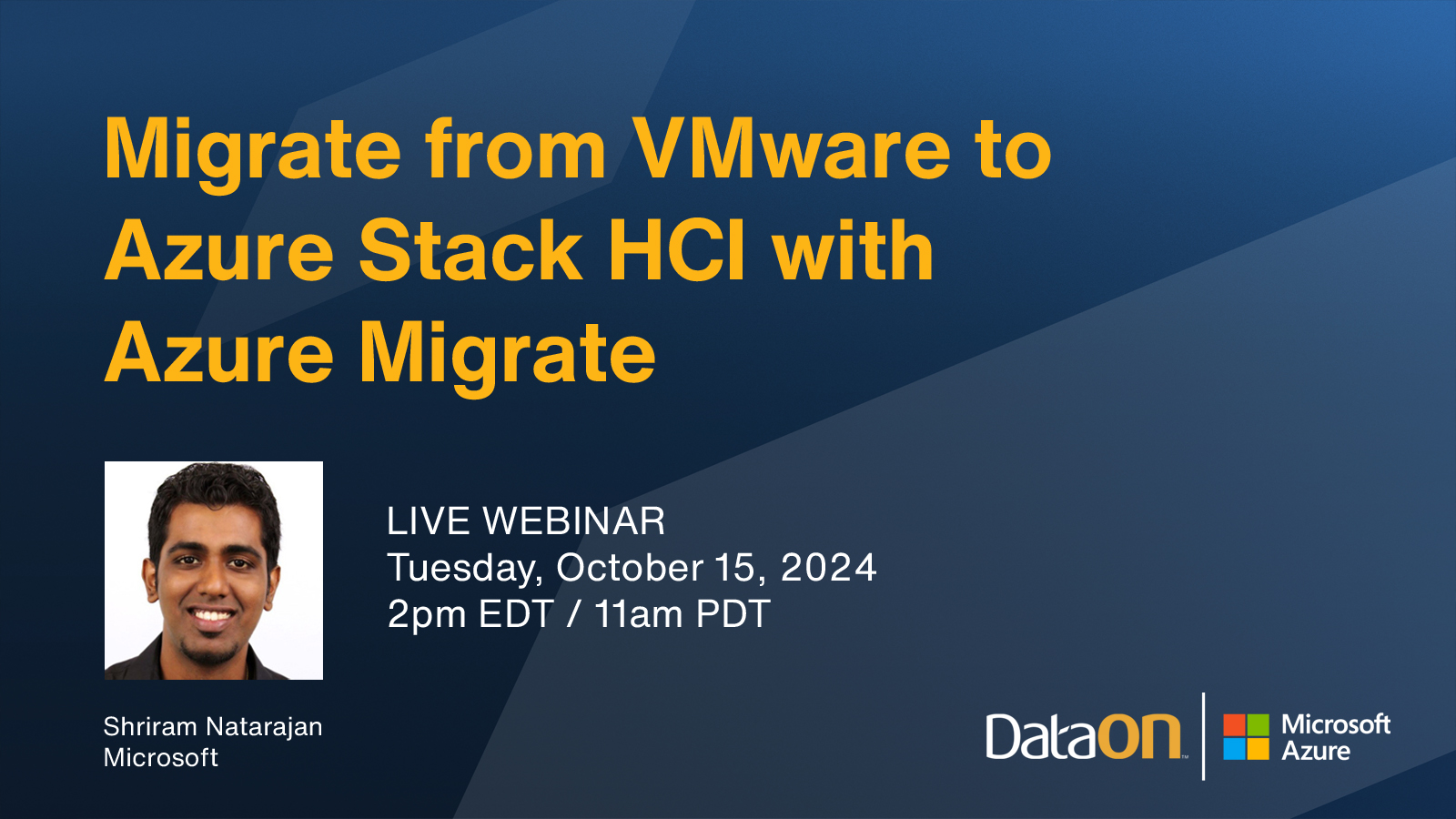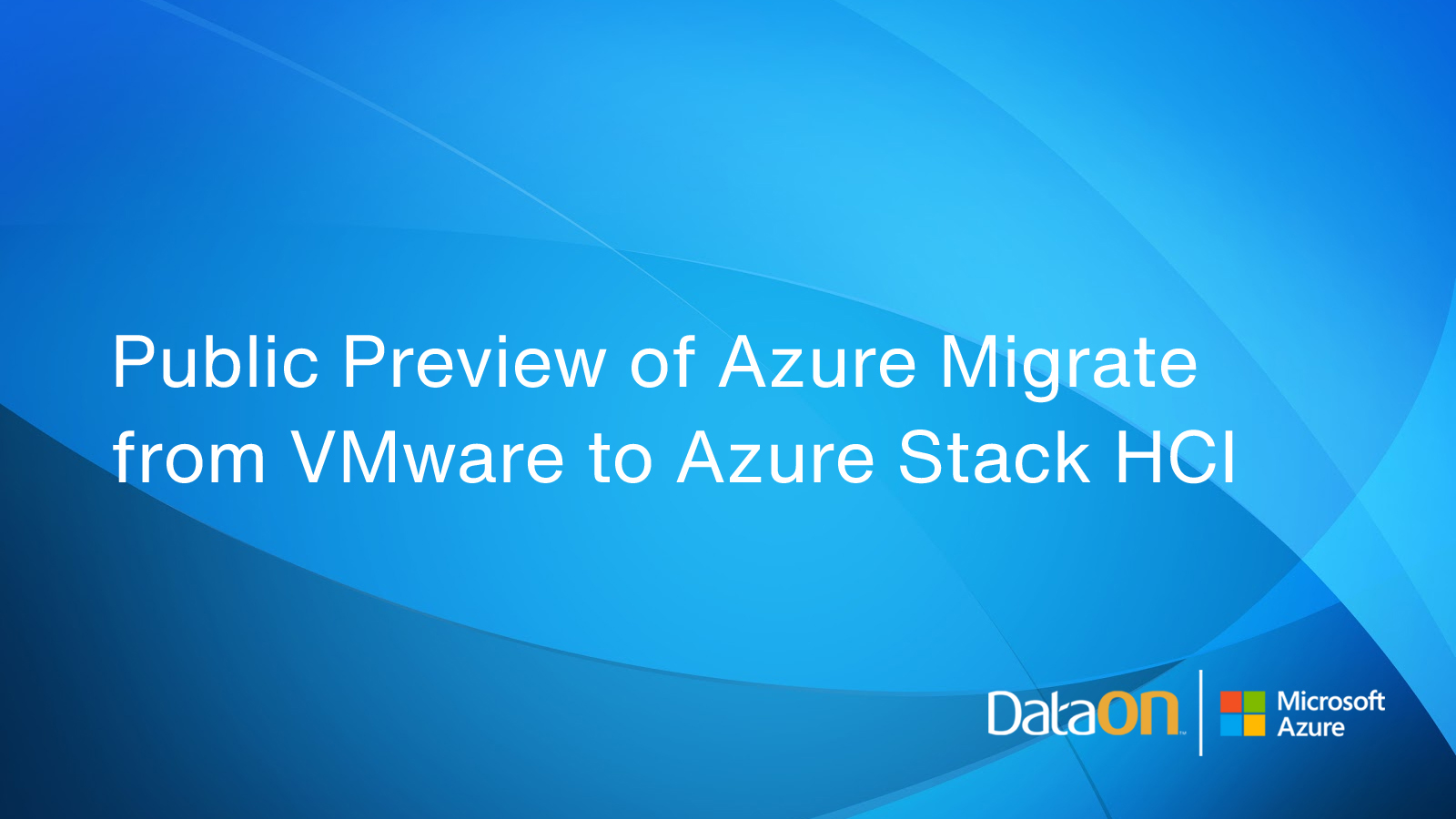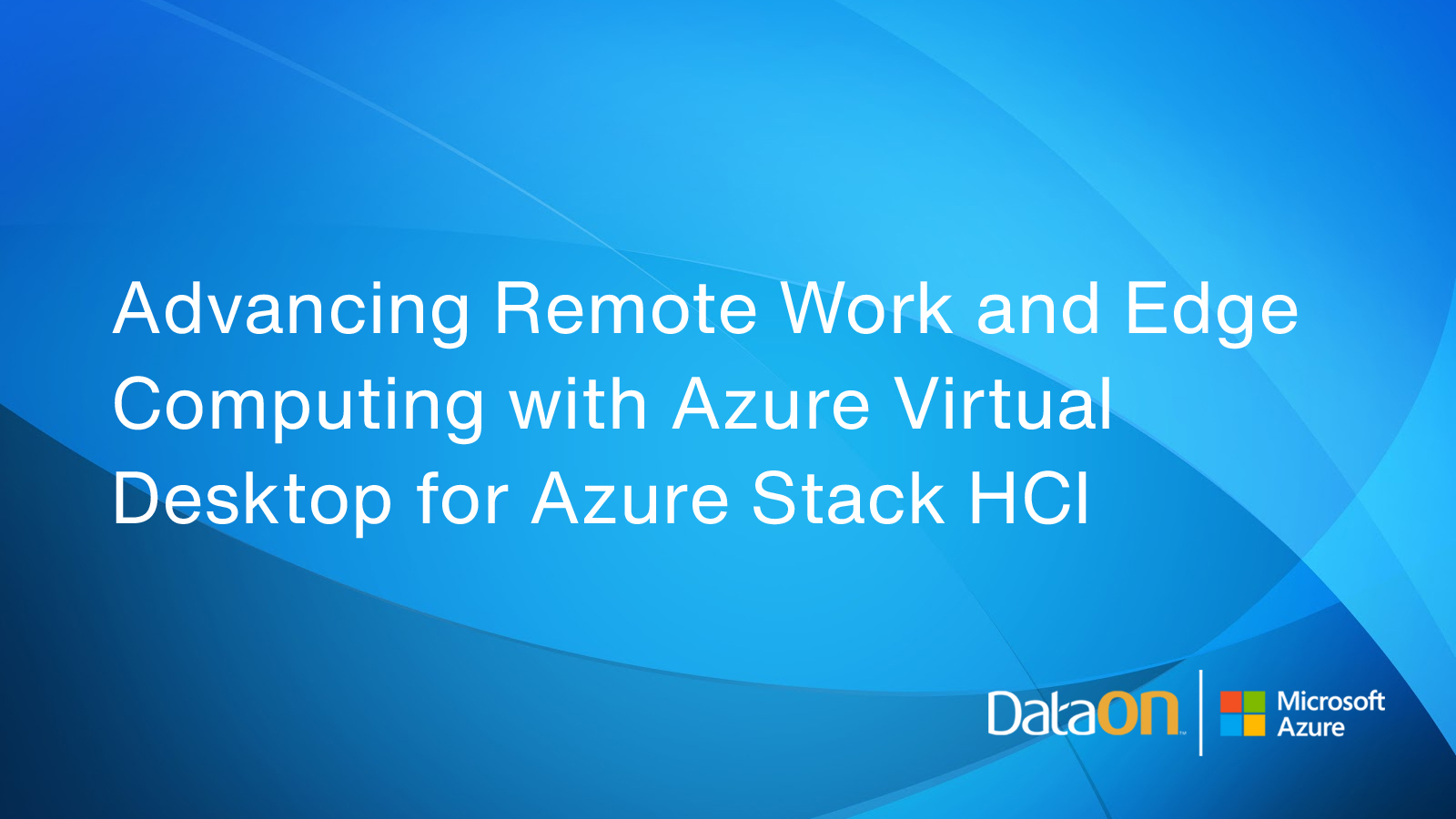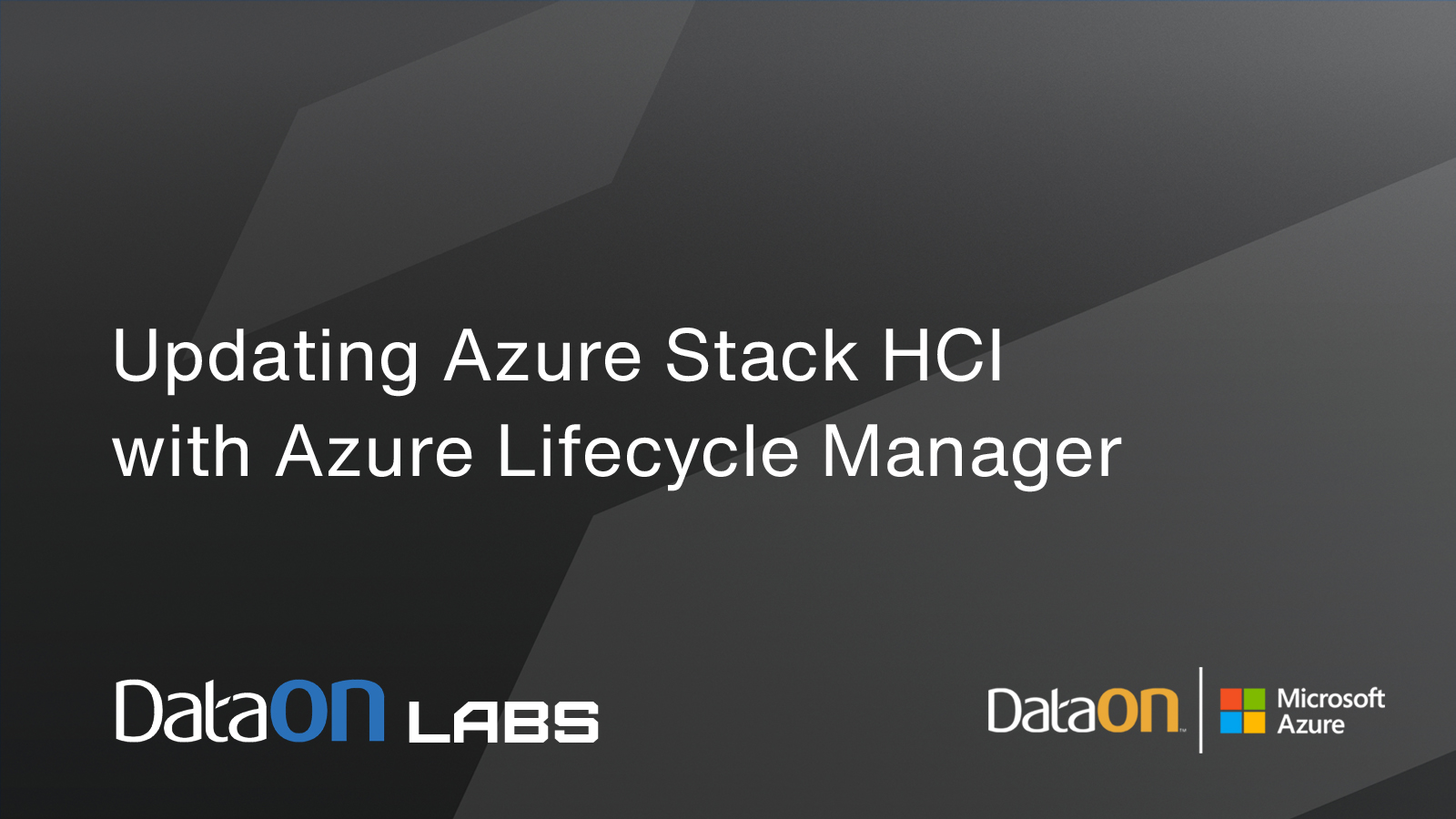Azure Virtual Desktop for Azure Local: Overview and Demo

Azure Virtual Desktop has been enabling IT departments to improve their virtual desktop and app delivery experience while reducing costs. You can now deploy Azure Virtual Desktop on-premises securely and with lower latency on Azure Local (Azure Stack HCI). Come along for an overview and demo of how Azure Virtual Desktop on Azure Local works … Azure Virtual Desktop for Azure Local: Overview and Demo
